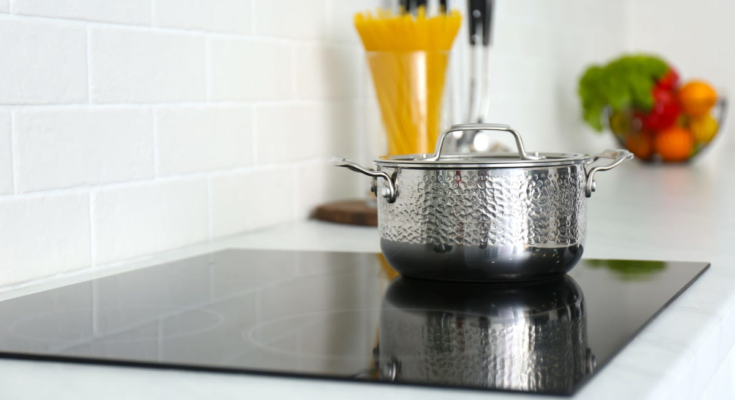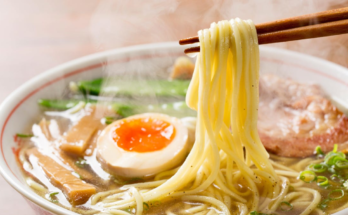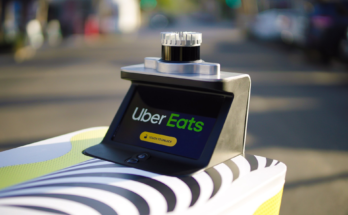
Kitchen equipment is by far the most important factor in how your recipes turn out, and stoves are the most important piece of all. Knowing your particular stove’s quirks can be the difference between a perfectly cooked meal and a total disaster—so if you’re used to gas and suddenly need to cook on an electric stove, it can really throw you for a loop.
Once you understand how each type of stove works, switching between heat sources gets a lot easier. Whether it’s gas or electric, a stove is a stove; the only difference to keep in mind is that electric heating elements take much longer to heat up and much longer to cool down than gas or induction burners. Unsurprisingly, electric stoves therefore demand more care and attention when it comes to heat control. In practice, this is no big deal; just follow these three rules and you’ll be confidently cooking with electricity in no time.
High heat is for boiling water—and nothing else
Because electric ranges take so long to heat up and cool down, high heat is basically never worth it. By the time your pan reaches the desired temperature, it’s already too late to prevent it from overheating. Even if you turn the burner down (or off), the residual heat will continue to heat up the pan for a while. Depending on your stove and cookware, this could take as much as two or three minutes—which is more than enough time to totally scorch whatever you’re cooking. Unless you’re literally boiling a pot of water, keep the heat level closer to medium. It’ll take longer to get going, but that’s better than the alternative.
Thick (pan) bottoms save lives
Do not use a lightweight, thin pan on electric ranges unless you want it smoking hot. The thinner the bottom of the cookware, the less of a buffer there is between your food and the burner itself—and the more likely it is to scorch when you’re not paying attention. There are exceptions—because sometimes you really do need a smoking hot carbon steel skillet or wok—but generally speaking, thin pans and electric ranges don’t mix.
Even solid, hefty pans have their downsides, however. Cookware with extra thick bottoms—especially those made of a material that really hangs onto heat, like cast iron—can gradually overheat when used for extended periods of time. If you’re making pancakes on an electric stove, for example, you might find that later batches brown significantly faster than the first. Using a lower heat setting to start with definitely helps avoid burnt messes, but be prepared to adjust the temperature as you go.
Be patient
Patience is the ultimate electric stove hack. (Tragic, yes.) A properly preheated pan—the default starting point for just about every recipe—will take longer to achieve on an electric range than a gas or induction one, and there’s nothing you can do to change that. Try to resist the urge to crank up the heat; instead, give your stove time to do its thing.



